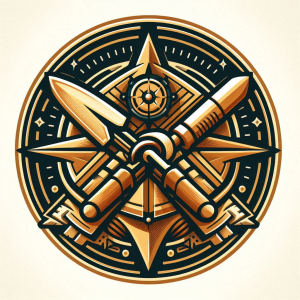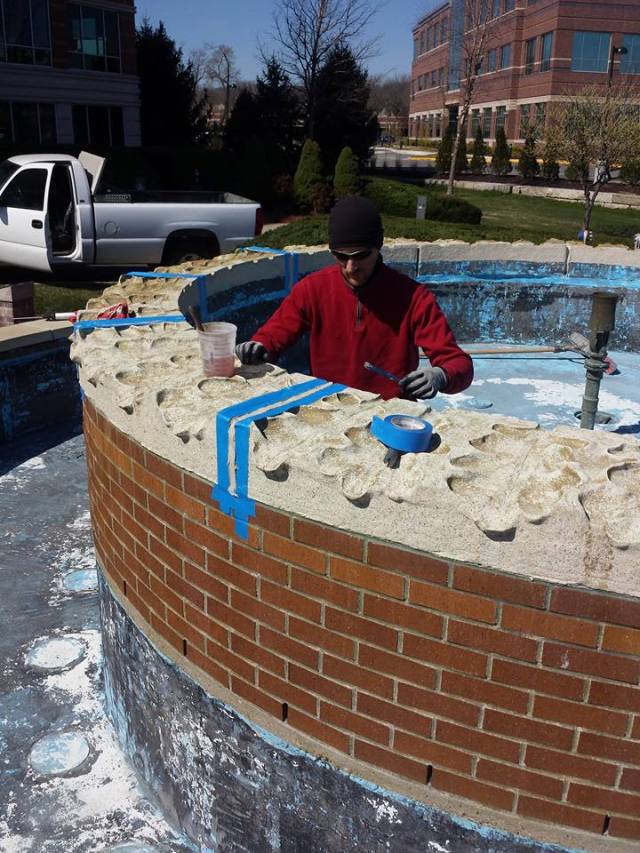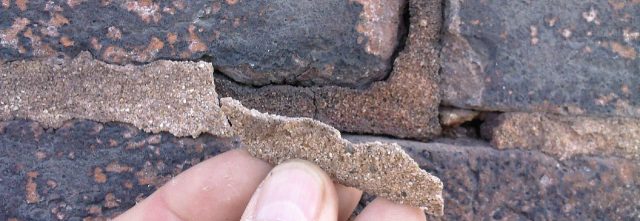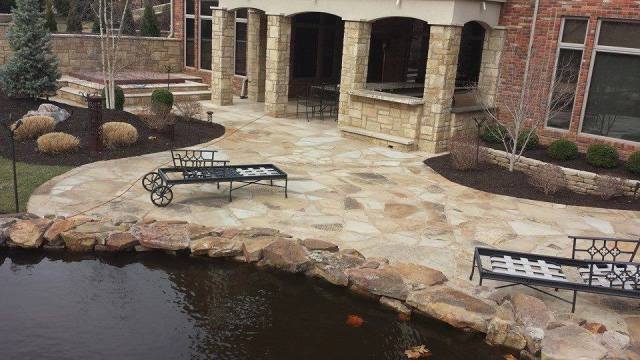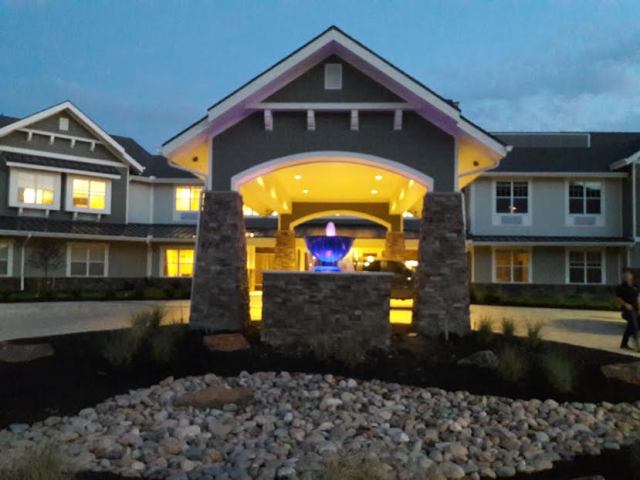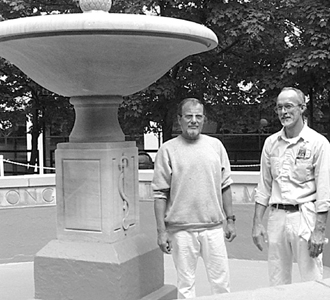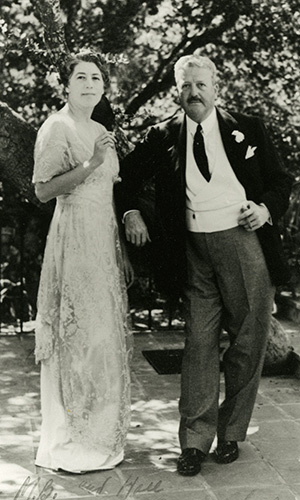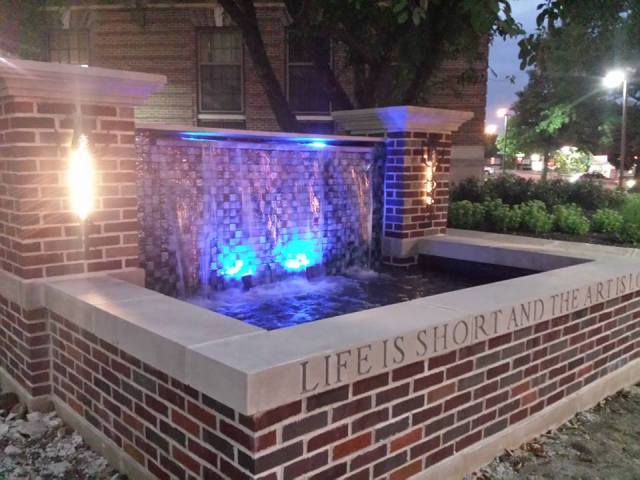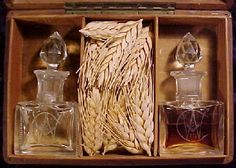When creating and building new masonry structures in Kansas City proper , it is extremely important to make certain that existing ones are complimented. It is vital that the historical character of a property be retained and preserved. The removal of distinctive materials or alteration of features that characterize a property should be avoided.
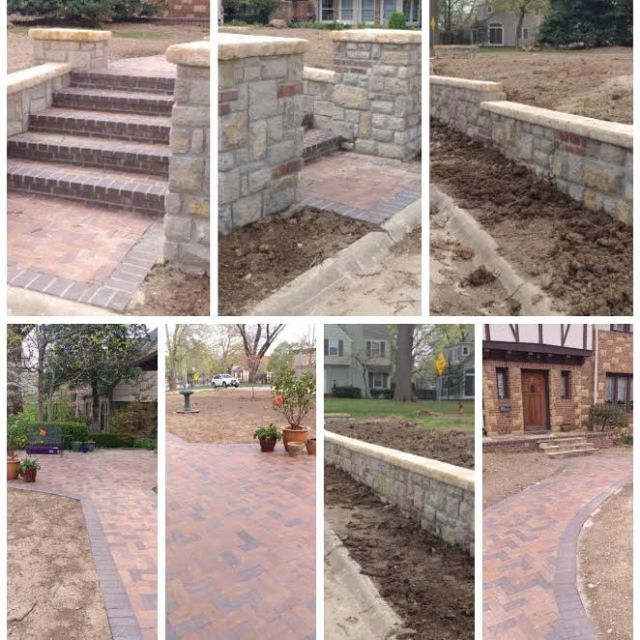
Respect for the original architectural design or architect must remain steadfast. Great care needs to be taken to ensure that new construction shall be compatible with the historic materials, features, size, scale and proportion to protect the integrity of the property and its environment. The new construction must be undertaken in such a manner that, if removed in the future, the essential form and candor of the historic property would be unscathed. Kansas City has a long history of great architects , such as Shepard, Farrar, and Wiser; Alice Walton; Edward Delk; Root and Siemens; Smith, Rea and Lovitt; Howe, Hoit and Cutler; John Van Brunt; Adriance Van Brunt; and Courtlandt Van Brunt, only to mention a few.
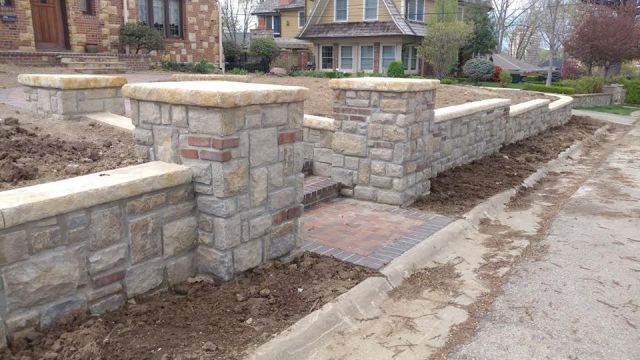
The Masons Co. is a Kansas City Masonry contractor whose company is built on expertise from being passionately entrenched in the trade of masonry for thirty years. High standards and an innate passion for the craft ensures a completed project that is prolific and gratifying to the homeowner or commercial property owner.

The Masons Co/Kansas City Masonry
(913) 203-0685
Office Location:
The Cosby Building
107 W. 9th St.
2nd Floor
Kansas City, MO 64105
Check us out on the web: www.kansascitymasonryrestorationcontractors.com
Subscribe to our You Tube channel:
We’re on Instagram:
